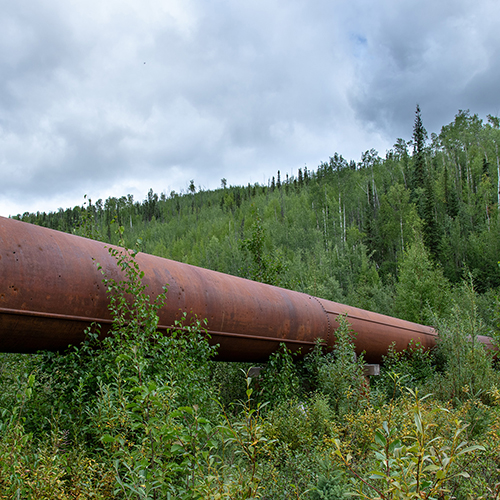
Luleå & Fairbanks: Separated by longitude, united by cold
October 27, 2025
Although Northern Sweden and Alaska have divergent energy paths, they may have things to learn from each other. Through their involvement in the GET-North project, ACEP's Michelle Wilber and Bax Bond uncover how two Arctic regions, shaped by history, industry and Indigenous resilience, are navigating the path toward sustainable energy futures.
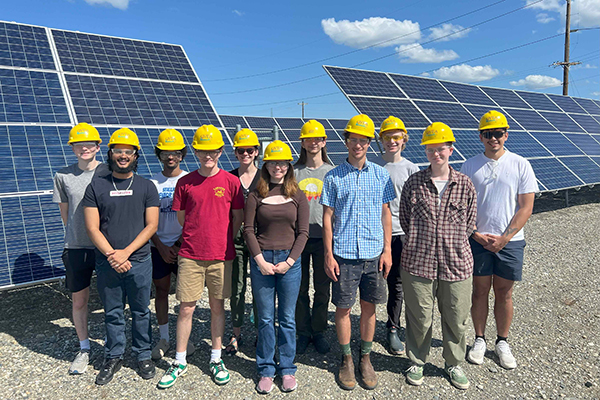
Transforming Alaska’s energy future
November 19, 2025
UAF energy center’s internships give students real-world experience in addressing the needs of the state’s electric utilities.

Luleå & Fairbanks: Separated by longitude, united by cold
October 27, 2025
Although Northern Sweden and Alaska have divergent energy paths, they may have things to learn from each other. Through their involvement in the GET-North project, ACEP's Michelle Wilber and Bax Bond uncover how two Arctic regions, shaped by history, industry and Indigenous resilience, are navigating the path toward sustainable energy futures.
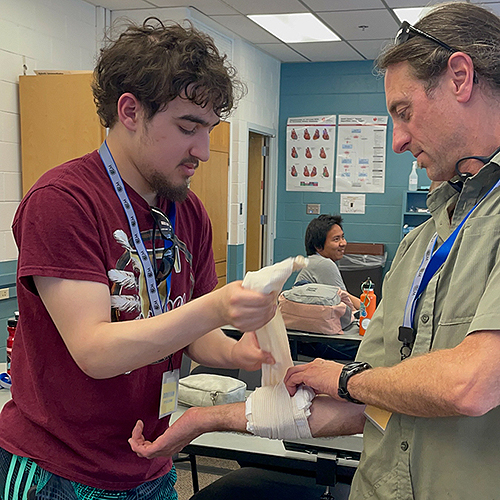
From EMT skills to welding sparks, teens explore their future at UAF
September 04, 2025
You think you know what you want to do after high school. But do you know how to acquire the education you need to get there? This summer, high school students from across Alaska had the opportunity to participate in a summer session offered by the UAF T3 Alaska and Upward Bound programs to learn about a variety of programs, career paths and the university admission process, to learn from the UB alumni and current UAF students and to learn what they can do to improve the community they live in through volunteer work.

Energy use in the emerging kelp industry: Reflections from Kodiak
August 26, 2025
As kelp farming grows each year, farmers, processors and researchers are innovating new ways for this industry to be regenerative and independent of fossil fuels. ACEP summer intern Emma Kehoe visited Kodiak Island to explore this environmentally conscious industry further and learn from farmers themselves about the electric equipment they need. Born and raised in Talkeetna, Kehoe has seen the impacts of strong communities who work together. Through her internship work and her visit with the kelp farmers, she has seen another developing community -- researchers, farmers and engineers working together to build a sustainable kelp industry for the better.

Behind the scenes: International Arctic research planning
July 01, 2025
What does the next decade of Arctic science look like? Who decides which research matters most and how can researchers from Alaska shape those priorities? This spring, ACEP researchers traveled to take part in major Arctic gatherings. Hear directly from ACEP's delegates as they reflect on reconnecting with global research peers, participating in Indigenous-led planning sessions, sharing new tools for community-engaged data and laying the groundwork for international partnerships.
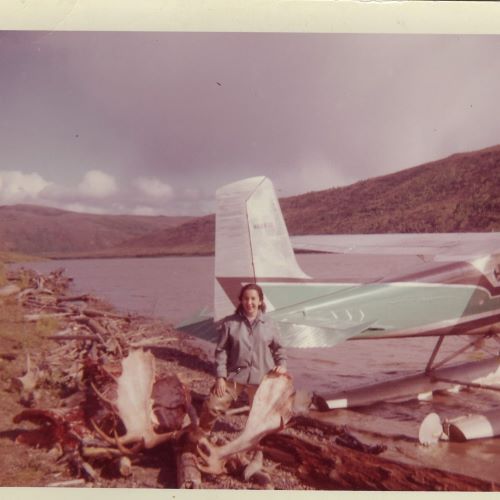
A legacy unboxed: Diane Carpenter's papers come home to Alaska
May 23, 2025
Although most people outside of the Bethel region have never heard her name, Diane Carpenter's contributions to Alaska -- especially to the Yukon-Kuskokwim Delta -- were immense. The arrival of her collection back in Alaska was six years in the making and made possible by a dedicated team of friends and family in both Alaska and Mexico, and of course, by Diane herself.
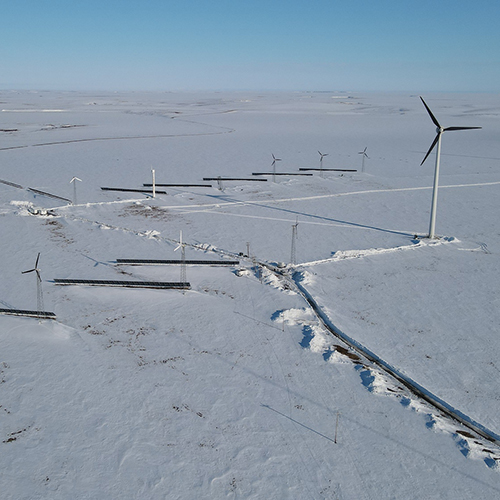
Foundational elements of the Alaska Energy Data Gateway
May 20, 2025
In summer of 2024, the State of Alaska entrusted the University of Alaska with the task of rejuvenating the Alaska Energy Data Gateway, a single source of information about energy use and costs in Alaska. ACEP's data analysis and collection lead Liz Dobbins explains what it took for the data team to build a strong foundation for future data and metadata of the AEDG that should last for many years.

A letter to ACEP: My reflections in a turbulent time
May 05, 2025
Wenceslao Ruiz, ACEP's design lab manager, reflects on the ups and downs of his early career journey, the uncertainty of our current moment and the tremendous value of finding fulfilling work among "a bunch of highly intellectual cats" at ACEP.
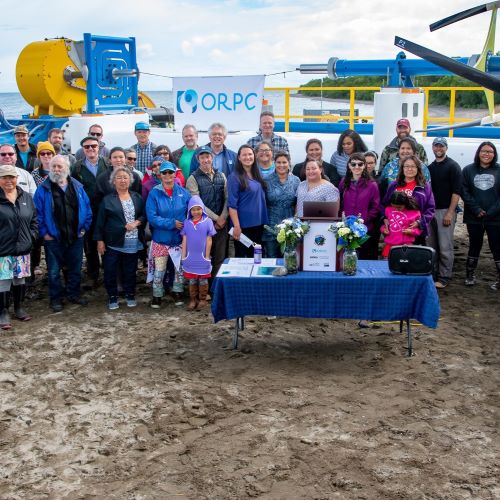
Indigenous values drive energy transformation in remote Alaskan village
April 25, 2025
AlexAnna Salmon is of Yup'ik and Aleut descent and serves as President of Igiugig Village Council, the governing body for Igiugig, a remote community of some 70 people in southwestern Alaska with no road access. Perhaps the most remarkable aspect of this story - an excerpt from a forthcoming University of Alaska book - is that this tiny village is willing to experiment with river hydrokinetic technology placed in a stream which has provided the livelihood of Native peoples for millennia.
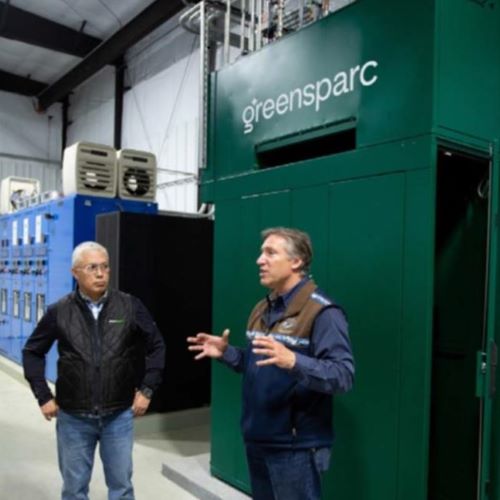
Can data centers lower Alaska's high energy costs?
March 25, 2025
Data Centers are transforming the energy industry. Today, there are more than 8,000 data centers worldwide that consume roughly 1 to 2% of the global energy use. From a geographic perspective, Alaska could evolve into a major player for hyper-scale data centers, given its strategic location near large Asia Pacific markets. Could this growing industry benefit Alaskans?


